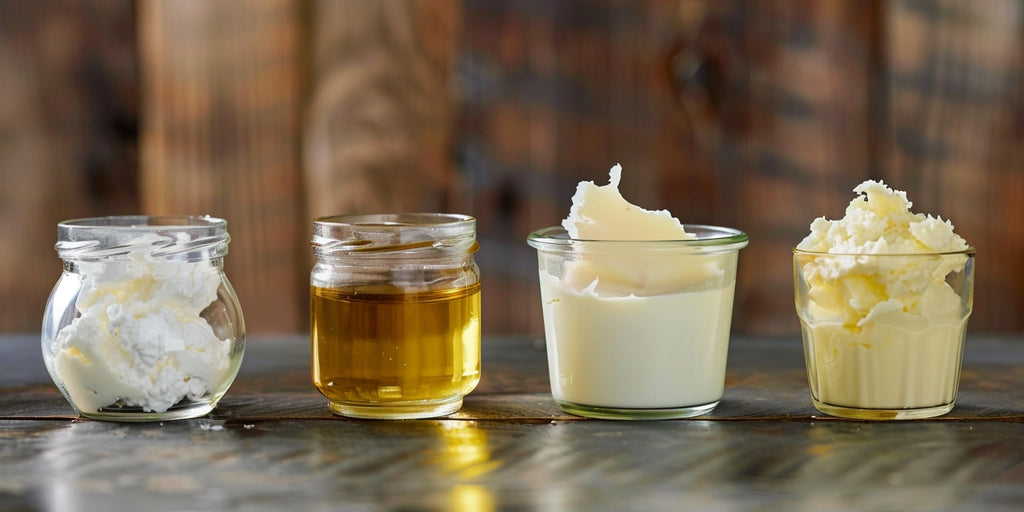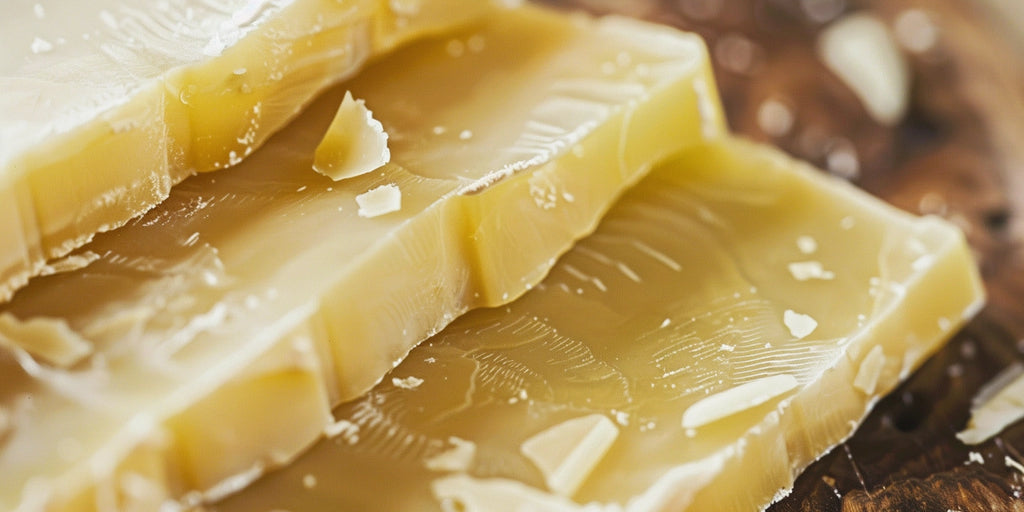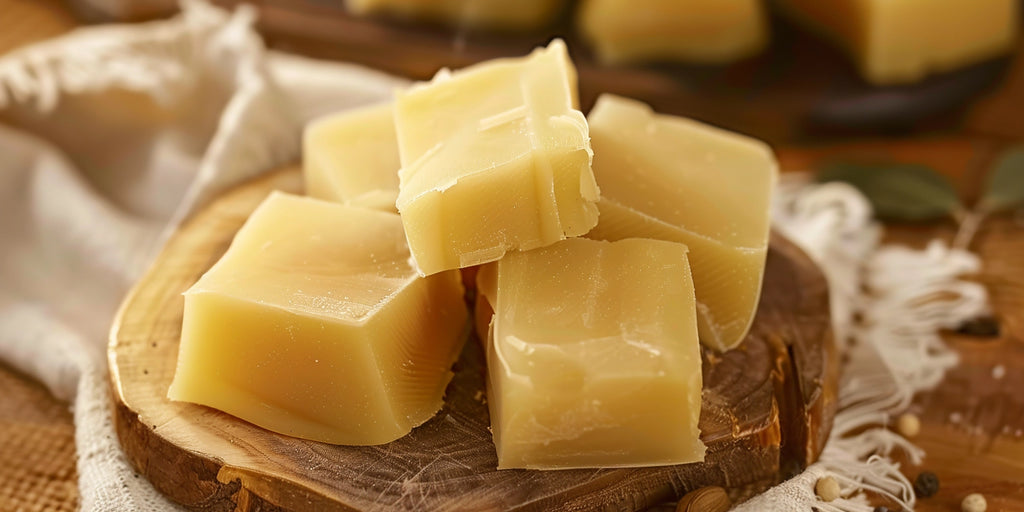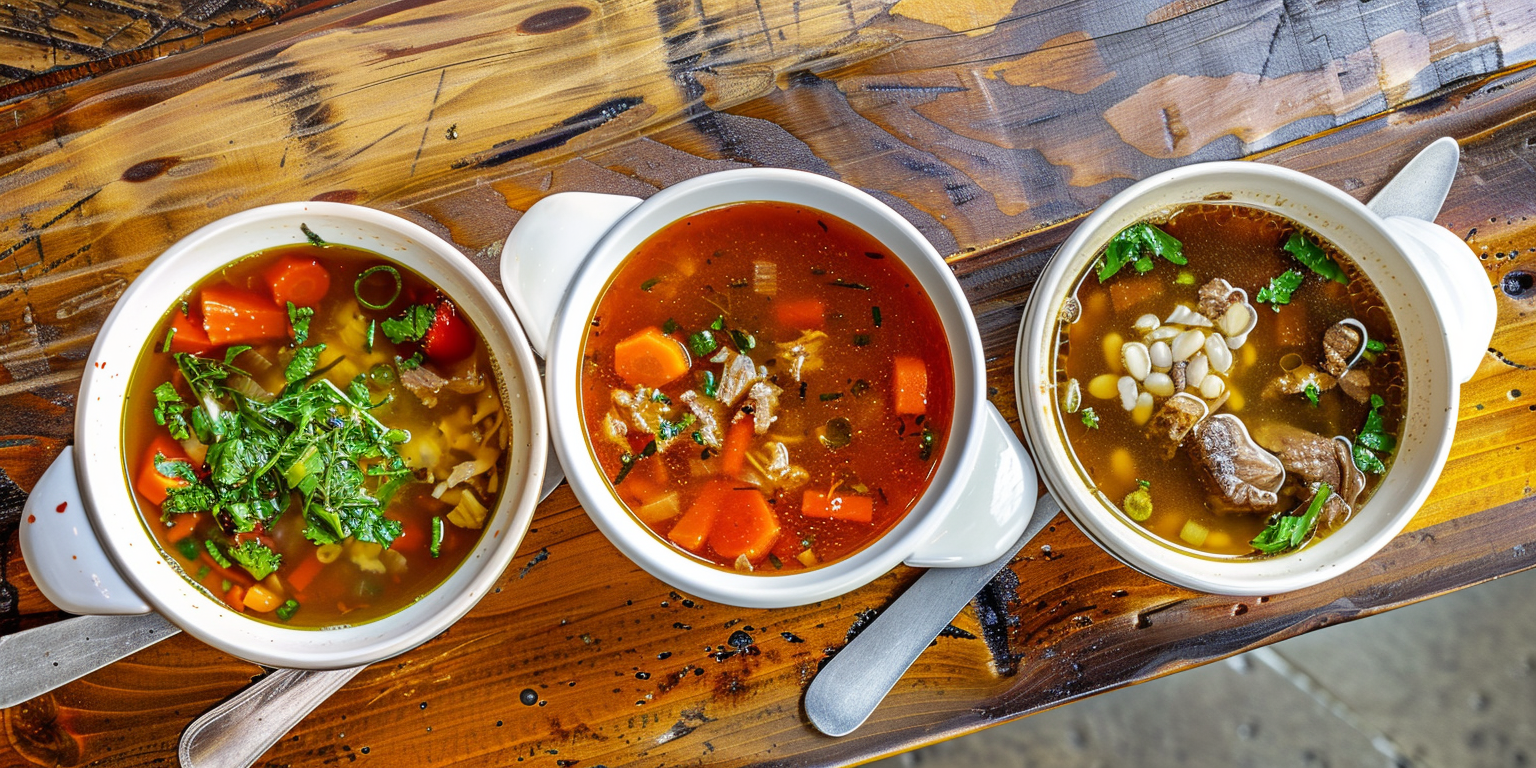Ever come across the term 'beef tallow' while strolling through farmer's markets or scrolling homesteading forums? You might've even spotted it on a homemade soap label. Beef tallow, though often underappreciated, has been a versatile mainstay for centuries, used in various culinary, health, beauty, and household applications.
So, what's beef tallow exactly? It's essentially rendered beef fat, akin to suet or lard, but with a unique rendering process setting it apart. It's not as ubiquitous in supermarkets as butter or lard, but it's available if you know where to look. From butcher shops to online specialty retailers, there's a variety of places to source this beef byproduct. The benefits, however, can greatly depend on the quality and sourcing of your beef tallow. Stick with us as we delve deeper into the world of beef tallow.

What is Beef Tallow?
Definition
Beef tallow is essentially rendered beef fat. It's adjacent to suet or lard in culinary terms, but with a unique rendering process that distinguishes it. However, it's important to understand that the benefits of beef tallow can vary significantly, largely based on the quality and sourcing.
Interestingly, the particular definition of tallow can vary across regions. In the US, it's widely known that tallow refers to any rendered animal fat. Once this fat has cooled, it solidifies into a waxy consistency. Yet, in the UK, such a generic term for rendered animal fat is called "drippings". They call it that because historically, this fat dripped from roasting meats. For UK butchers and cooks, tallow has a narrower definition. Specifically, it's the rendered fat from around the kidneys, which is said to be softer, richer, and more nutritious than fat from the other parts of the animal.
Culinary Uses
Beef tallow is not as recognized or easy to find in average supermarkets as butter or lard. However, it's available if one knows where to look. Your best option would be to check with a butcher's shop. While it may not always be displayed openly with the meat, stock, and bouillon, you might mostly need to request it.
One can find beef tallow at supermarkets at certain places. It may be in the cooking oil aisle or at the organic or specialty food sections or at the meat counter. Beef tallow usually comes either in jars or in a solid block. Liquid beef tallow is less common, sometimes labeled as "beef tallow oil".
Nutritional Value
The nutritional value of beef tallow depends most on its quality and sourcing. When we source high-quality beef tallow, we're not only using a product with deep historical and culinary roots, but we're also tapping into its potential health and wellness benefits.
But also, it cannot be emphasized enough that quality and sourcing are crucial. The food we consume, after all, is not just about the immediate sensory experience, but also the nutrients that are absorbed by our body. So, whether it's using beef tallow in cooking or incorporating it into other aspects of our lives, it always pays to go that extra mile in ensuring its quality and authenticity.
The journey isn't over; our understanding and exploration of beef tallow will continue.

Benefits of Beef Tallow
After understanding what beef tallow is and its origins, let's delve into the health benefits this versatile fat offers. The benefits range from being an excellent source of healthy fats to its high smoke point, and let's not forget its rich flavor.
Source of Healthy Fats
Beef tallow from grass-fed, antibiotic-free, organic, and ethically raised cows, contains a potent package of fat-soluble vitamins A, D, E, and K. These vitamins play crucial roles in various bodily functions including immune support, bone health, and antioxidant protection. They also nourish and support skin health. This makes beef tallow not only a great option for your kitchen but also an addition to your skincare routine.
High Smoke Point
In addition to supplying vitamins, beef tallow has another useful quality - its high smoke point. Compared to many vegetable oils, especially those high in polyunsaturated fats, beef tallow reigns supreme with a smoke point of around 420 degrees Fahrenheit. This makes it an excellent choice for high-heat cooking methods like deep frying or searing without worrying about harmful compounds produced by oils breaking down beyond their smoke points.
|
Beef Tallow |
Vegetable Oils
|
|
|---|---|---|
|
Smoke Point |
420°F |
Varies |
Rich Flavor Profile
A special strength of beef tallow, however, is unbelievably delicious. When used in cooking, it brings out a rich, mouth-watering flavor that vegetable bases and synthetic oils can't generally match. This distinct flavor is what led to its wide usage in professional and home kitchens alike before the advent of vegetable oils. Fun fact: even McDonald's once cooked their fries in tallow, until the misconception about saturated fats circled and they switched to industrially produced polyunsaturated oils. It's easy to see why tallow used to be, and is increasingly becoming once again, a staple in many kitchens.

How to Use Beef Tallow in Cooking
Let's delve into the versatility of this rich, flavorful ingredient. Its unique taste and high smoke point make it a perfect choice for a variety of cooking methods.
Frying
Renowned for its high smoke point of 420 degrees Fahrenheit, beef tallow stands heat excellently. Its stability under high temperatures makes it ideal for deep frying. You might even remember the golden years of McDonald's fries cooked in beef tallow, their rich, meaty flavor etched in taste memories of many. Not just reserved for fast food chains, widely patronized eateries like Burger King, Wendy's and Popeyes historically used tallow for frying, cementing its gourmet status.
Baking
In baking, beef tallow can replace hydrogenated oil-based shortening without compromising flavor. With its slightly beefy aroma, it imparts an earthy undertone to your baked goods. For those shiny, golden pie crusts, brush a little softened tallow before baking. Non-stick quality? You've got it! Grease your baking dishes with tallow and bid adieu to stickiness. It doesn't render everything beefy, so it can be incorporated into many recipes seamlessly.
Seasoning
Beef tallow plays a nice game in seasoning as well. Try it as a binder the next occasion a dish could use a flavor upgrade. Incorporating tallow into your seasoning can elevate your dish, enhancing its taste naturally while keeping artificial flavors or additives at bay. A perfect envoy of tradition, it doesn’t let anything — taste or nutrients — go to waste.
In future sections, we'll delve into how to use beef tallow outside the kitchen and the science of sourcing superior-quality tallow.

What Is Beef Tallow Used For?
Beef tallow, a versatile rendered fat, is not just confined to the realm of cooking. As alluded to in the previous sections, its utility extends far beyond the kitchen. Moreover, sourcing high-quality beef tallow is vital to reap optimal benefits, as inferior or non-organic tallow can harbor environmental pollutants. Let's delve into some of the varied ways this valuable product can be used.
1. As a Cooking Fat
Beef tallow has been a cooking staple for centuries. Its high smoke point of around 420 degrees Fahrenheit makes it ideal for high-heat cooking methods like deep frying and sautéing. Frying with beef tallow imparts a rich beefy flavor that can elevate any dish. It's also a healthier alternative to hydrogenated oils and shortenings, containing beneficial fats without artificial additives.
2. Seasoning Cast Iron Cookware
Cast iron skillets seasoned with beef tallow exhibit enhanced nonstick properties, making cooking and cleanup much easier. The high smoke point of tallow aids in creating a protective layer, thereby extending the lifespan of your cookware. It's a valuable, practical, and cost-effective tool in the maintenance of your cast iron pieces.
5. For Baking
In the baking realm, beef tallow can serve as a wholesome alternative to hydrogenated oil-based shortening. Our baked goods wil benefit from its naturally non-stick quality and a hint of earthiness that enhances the overall flavors. Incorporating tallow in our baking recipes isn't just healthier, it's tastier too.
6. To Make Fuel
Beef tallow doesn't restrict its uses to edibles. In industries, it's often used to manufacture renewable fuels, indicating its significance in the context of sustainable practices. The same property that makes beef tallow great for frying—its high smoke point—also makes it an excellent choice for creating long-lasting, slow burning fuel.
8. Making Candles
We can include candle-making in the diverse list of beef tallow's uses. Historically, tallow was used to make molded candles before paraffin wax became popular. With its slow-burning qualities, a tallow candle casts a vibrant, steady flame, inducing a warm, inviting ambiance in our homes.
In addition to the above, beef tallow finds its way into several other applications — from soap making to crafting homemade skin moisturizers. It's easy to see why this multipurpose fat is making a comeback in modern kitchens and industries alike.
Conclusion: Beef Tallow, the Healthy Fat
We've journeyed through the world of beef tallow, uncovering its myriad uses. It's clear that this healthy fat is more than just a cooking ingredient. Its high smoke point and rich flavor make it a chef's delight, while its role in seasoning cast iron cookware and baking is truly invaluable. But it doesn't stop there.
Beef tallow's versatility extends beyond the kitchen. It's a key player in fuel production, candle-making, and soap making. Even the skincare industry has recognized its benefits. So, next time you're sourcing for high-quality fats, remember beef tallow. It's not just versatile, it's a healthier alternative that's making waves in various industries and modern kitchens. Let's continue to explore and appreciate this wonderful resource. After all, it's not just about what we eat, but what we use in our everyday lives.
Common Questions
Is beef tallow a versatile ingredient?
Yes, beef tallow is highly versatile. Apart from being used in cooking for its high smoke point and rich flavor, it plays a significant role in seasoning cast iron cookware and baking. It's also used in fuel production, candle-making, soap making, and skincare products.
What are some uses of beef tallow beyond cooking?
Beef tallow isn't limited to the kitchen. It has various applications in industries, including fuel production, candle-making, and soap production. It's also used in skincare products due to its moisturizing properties.
Is it important to source high-quality beef tallow?
Absolutely. The quality of the beef tallow can significantly impact the flavor and nutritional value of your dishes as well as the efficiency of its use in other applications like candle-making or soap production.
Can beef tallow be used as a healthier alternative to shortening in baking?
Yes, beef tallow can be a healthier alternative to shortening in baking. Tallow is rich in monounsaturated fat, which is considered a healthy fat. It also does not contain trans fats typically found in shortening.
Are there any general benefits of using beef tallow over other fats?
Beef tallow has a higher smoke point than most vegetable oils, making it excellent for frying and sautéing. Its rich, savory flavor can also enhance many dishes. Moreover, it's a sustainable choice as it's a by-product of meat production.




